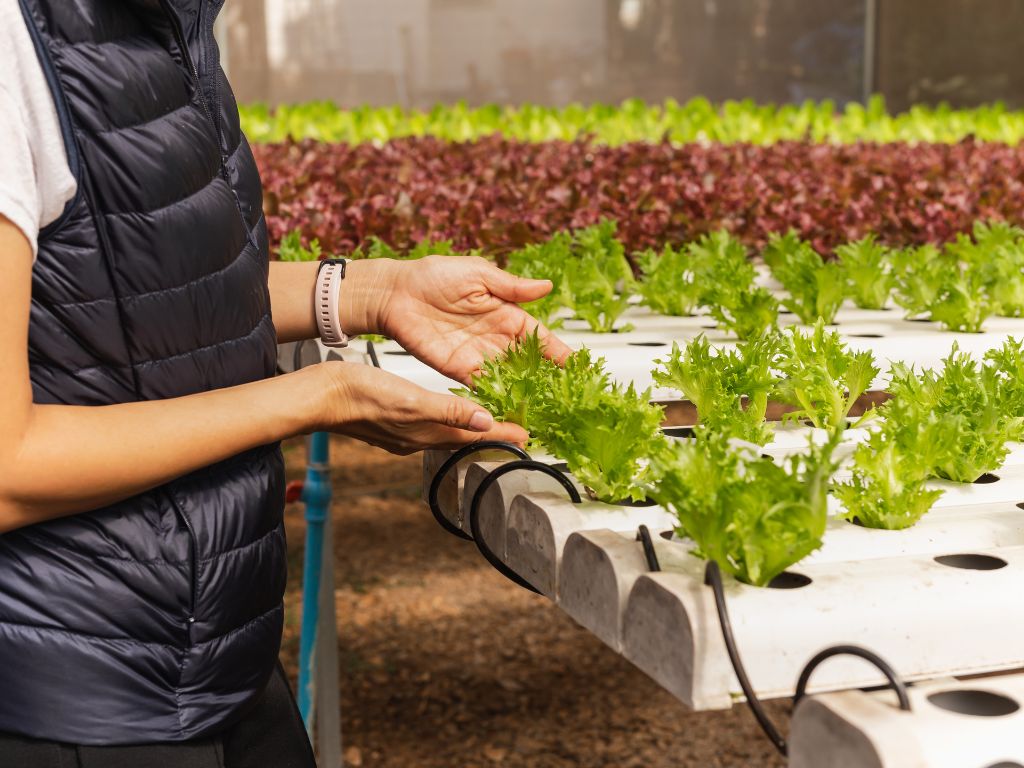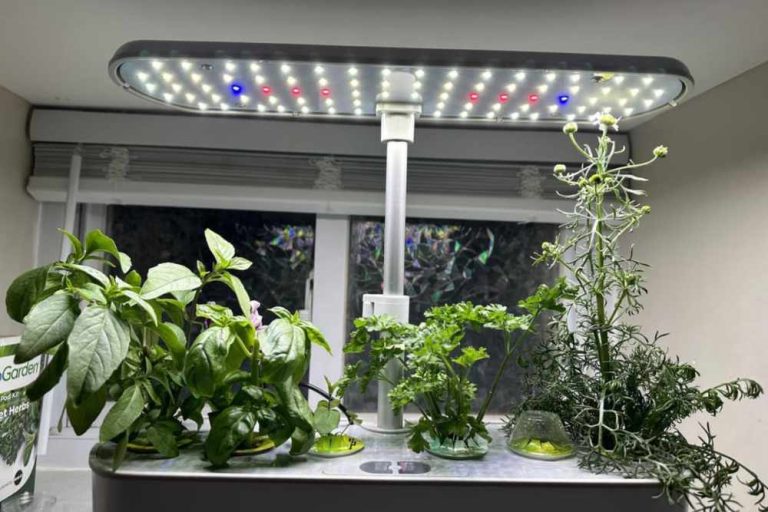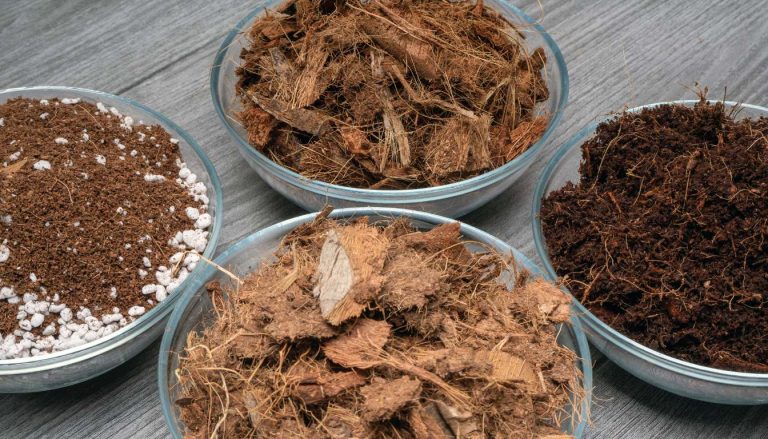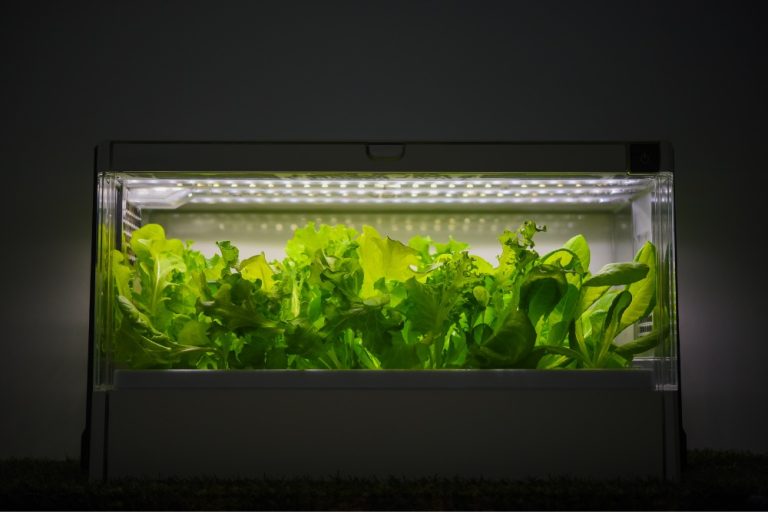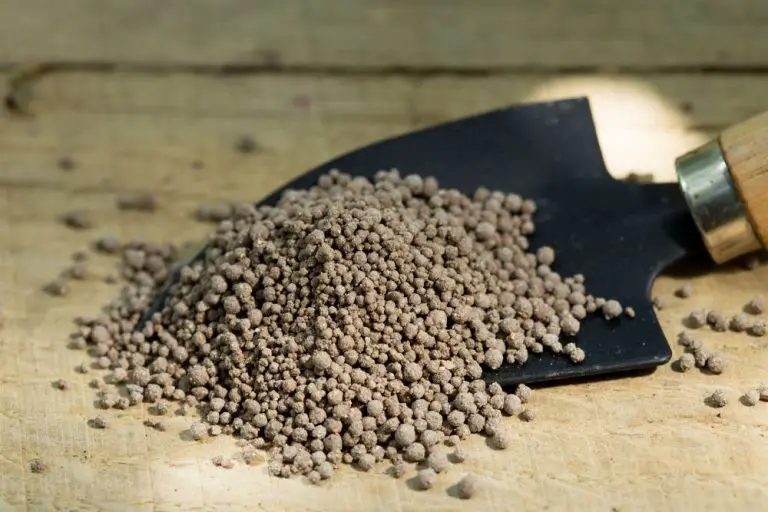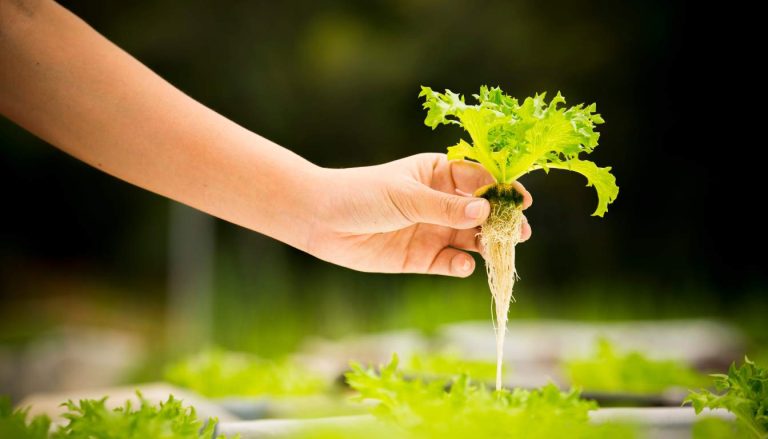Exploring Hydroponic Indoor Gardening Techniques Today For Maximum Growth
If you are looking for a way to grow fresh produce or beautiful plants right in your home, you have come to the right place. In this section, we will explore the innovative techniques of hydroponic indoor gardening, which allow you to grow plants using nutrient-rich water instead of traditional soil.
With hydroponic indoor gardening, you can create a thriving garden in any space, from a small apartment to a large greenhouse. By understanding the basics of hydroponic gardening and exploring different indoor gardening techniques, you can bring the beauty and freshness of nature inside your home all year round.
Key Takeaways:
- Hydroponic indoor gardening techniques use nutrient-rich water instead of traditional soil for plant growth.
- Hydroponic indoor gardening can be done in any space, from small apartments to large greenhouses.
- Indoor gardening techniques can be used in conjunction with hydroponic systems, such as vertical gardening and container gardening.
- There are different types of hydroponic systems to choose from, each with its own benefits and limitations.
- Understanding hydroponic nutrient solutions and properly balancing them is essential for optimal plant growth.
Understanding Hydroponic Gardening
Hydroponic gardening is a soil-less method of growing plants that is becoming increasingly popular among indoor gardeners. Instead of using soil, plants are grown in a nutrient-rich water solution that is constantly circulating through the plant’s roots. This allows for precise control over the plant’s environment, resulting in healthier plants and higher yields.
What is Hydroponic Gardening?
Hydroponic gardening involves the use of a hydroponic system, which can range from simple setups to more complex systems that incorporate advanced technologies. The basic components of a hydroponic system include a growing tray, a reservoir, a pump, and a nutrient solution.
Plants are placed in the growing tray, which is filled with a growing medium that supports the roots and absorbs the nutrient solution. The nutrient solution, which is comprised of water and a balanced mixture of nutrients, is circulated through the system by a pump. The roots of the plants absorb the nutrients they need from the solution, resulting in strong and healthy growth.
Why Choose Hydroponic Gardening?
Hydroponic gardening offers numerous benefits over traditional soil-based gardening. For one, it uses significantly less water than conventional gardening methods. This is because the nutrient solution is constantly recirculated through the system, reducing water waste. In addition, hydroponic gardening eliminates the need for pesticides and herbicides, as the controlled environment minimizes the risk of pest infestations and weed growth.
Hydroponic gardening also allows for greater control over the plant’s environment, such as temperature, lighting, and pH levels. This can result in faster growth and higher yields, making it a popular choice among commercial growers as well.
Overall, hydroponic gardening is a sustainable and innovative method of growing plants that has the potential to revolutionize the way we think about agriculture and gardening. By understanding the basics of hydroponic gardening, you can create a thriving indoor garden that will provide you with fresh and healthy produce right at home.
Exploring Indoor Gardening Techniques
Hydroponic systems offer a great solution for indoor gardening, but there are also other indoor gardening techniques that can complement your hydroponic garden.
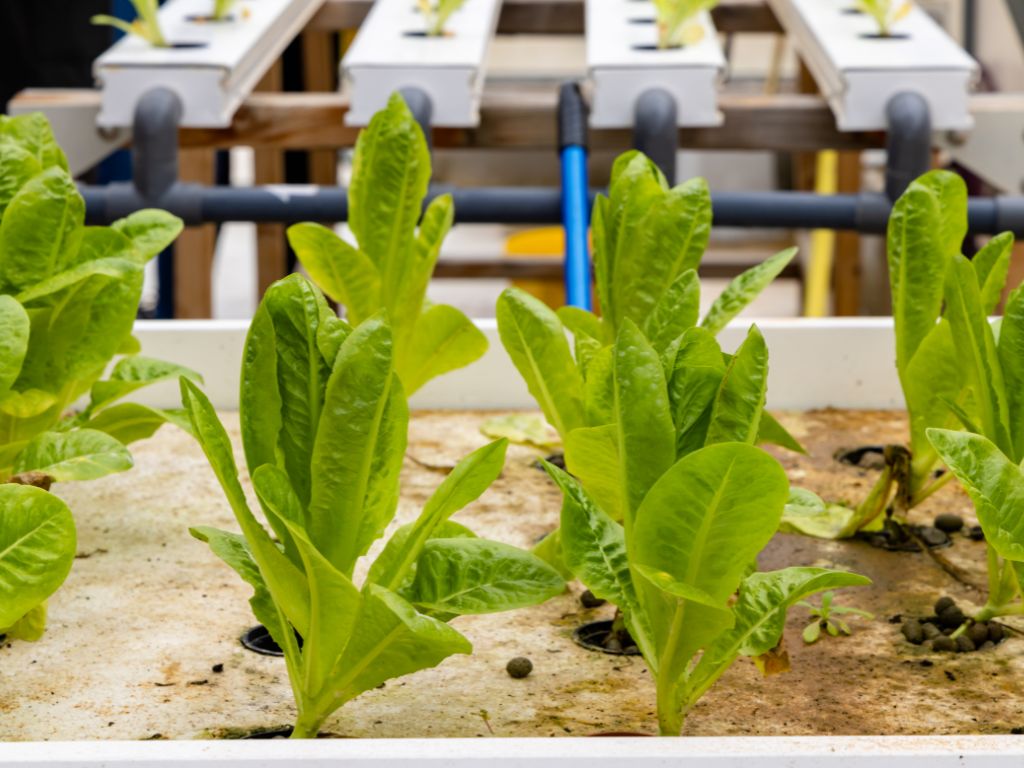
Vertical Gardening
If you want to make the most of limited space, consider vertical gardening. This technique involves growing plants vertically, often on a wall or trellis.
To start, choose plants that are well-suited for vertical growth, like herbs, strawberries, and cherry tomatoes. Then, install a trellis or other vertical support system, and choose a potting mix that retains moisture without becoming too compact.
Read – Growing Patty Pan Squash Vertically
Container Gardening
Container gardening is another popular indoor gardening technique. With container gardening, you can grow plants in pots and other containers instead of directly in the ground.
Choose containers that are the appropriate size for your plants – too small, and the plant’s growth will be limited, while too large, and the plant’s roots may become waterlogged. Consider using a lightweight, well-draining soil mix that is rich in nutrients.
Hydroponic Aeroponics
Aeroponics is a hydroponic system that involves suspending plants in the air and spraying their roots with a nutrient-rich mist. This method can be used to grow a variety of plants, including leafy greens, herbs, and strawberries.
One benefit of aeroponics is that it allows plants to grow faster and more efficiently than in soil-based systems. However, it requires careful maintenance to ensure that the mist is properly balanced and that the roots do not become too dry.
By combining hydroponic systems with other indoor gardening techniques, you can create a more diverse and robust indoor garden. Each technique has its own benefits and challenges, so experiment to find the methods that work best for your space and plants.
Choosing the Right Hydroponic System
Hydroponic systems are key to successful indoor gardening. With a variety of system types available, it’s important to choose the right one for your needs. Here are some factors to consider:
Nutrient Film Technique (NFT)
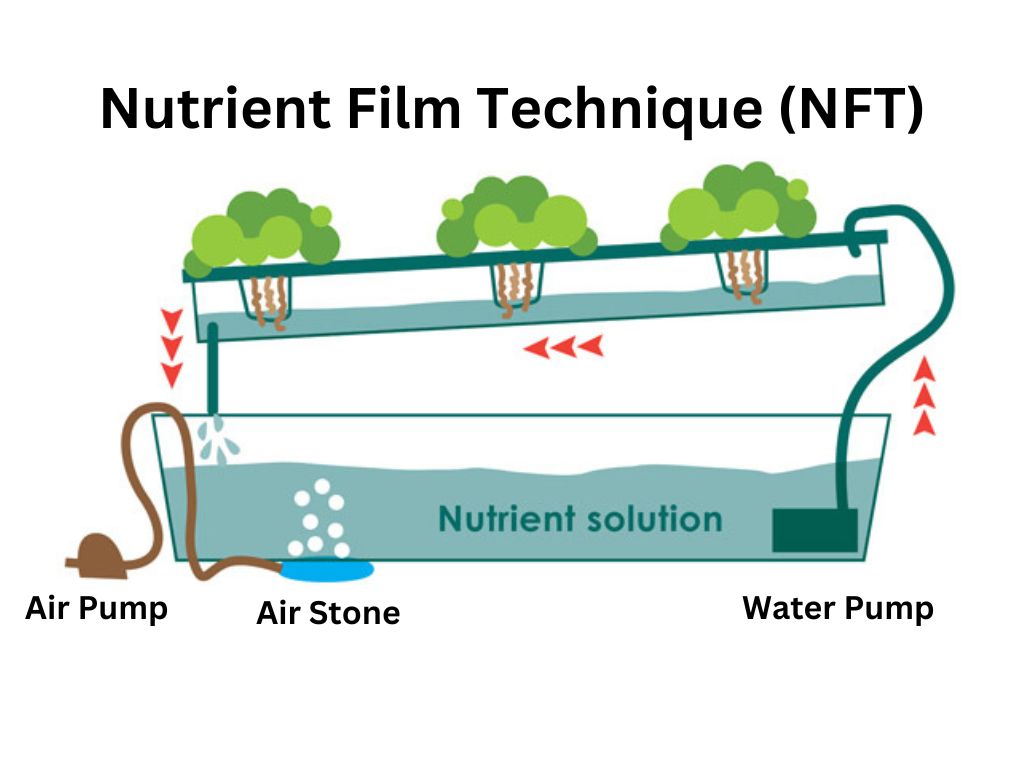
The NFT system involves a continuous flow of nutrient solution across the roots of your plants. This system is ideal for growing plants with shallow root systems, like lettuce or herbs. It’s also easy to set up and maintain.
Deep Water Culture (DWC)
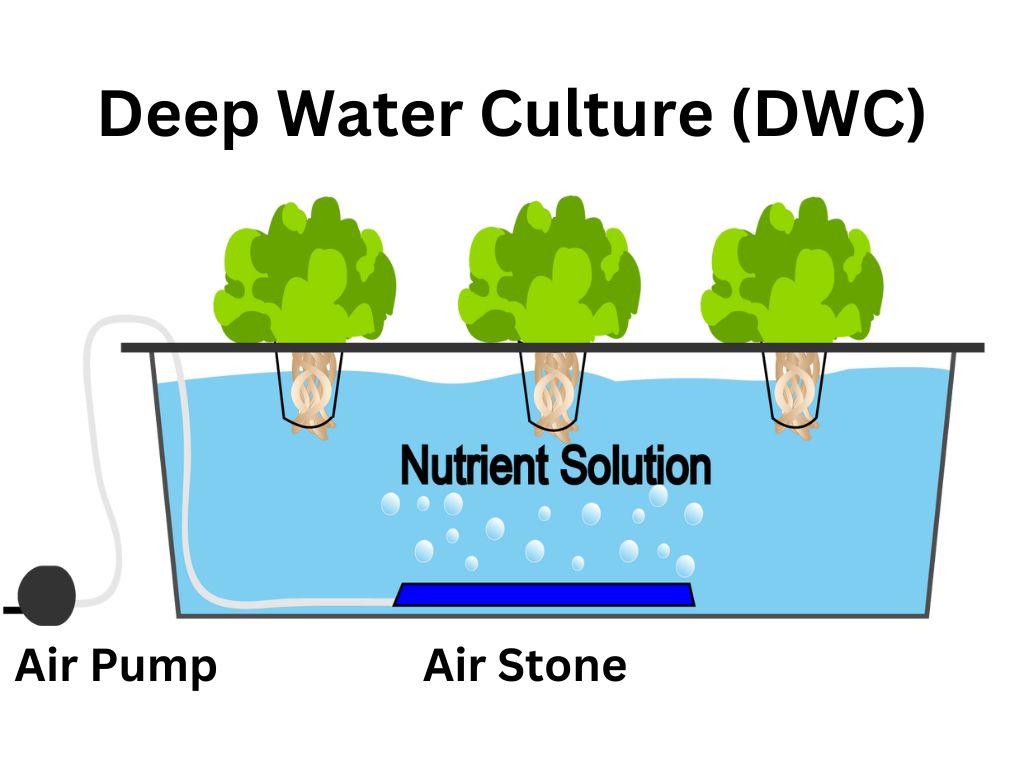
The DWC system involves suspending your plants in a nutrient solution, allowing their roots to reach into the water. This system is great for growing larger plants, such as tomatoes or cucumbers. However, it requires more maintenance than other systems as the nutrient solution needs to be regularly monitored and refreshed.
Aeroponics
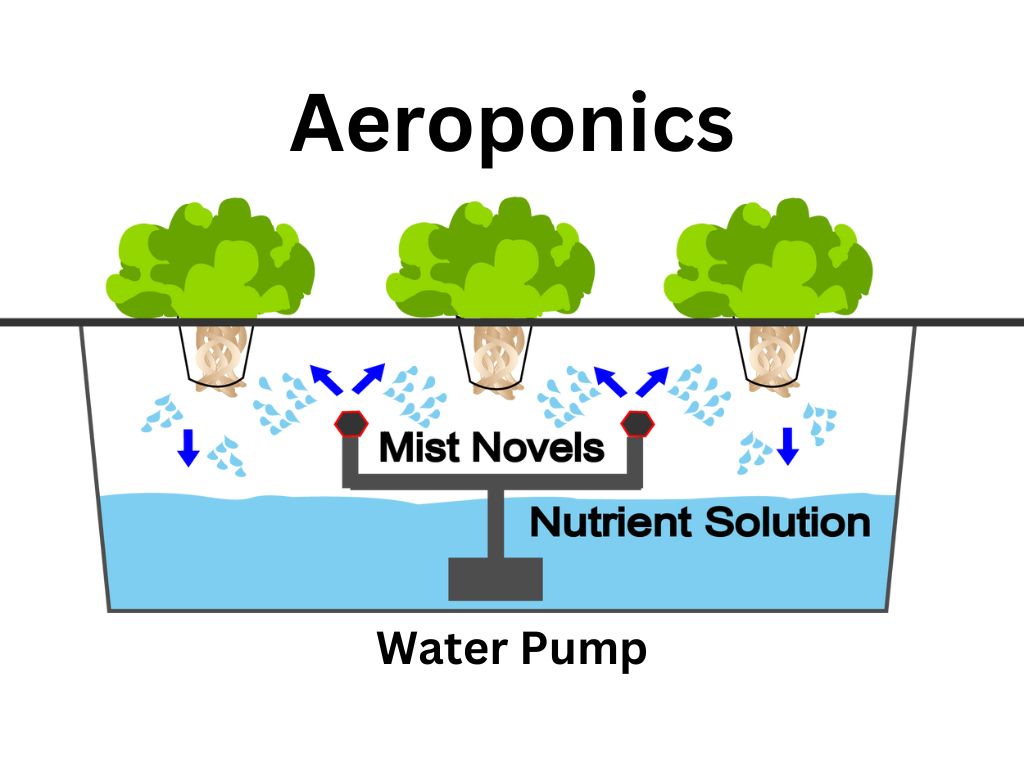
Aeroponic systems involve misting the roots of your plants with a nutrient solution. This method provides excellent oxygenation to the roots, promoting faster growth and higher yields. However, it is more complex to set up and maintain than other systems.
Consider the space you have available, your budget, and the types of plants you want to grow when selecting a hydroponic system. With the right system in place, you’ll be on your way to a thriving indoor garden in no time.
Essential Indoor Gardening Tips
Successful indoor gardening requires attention to detail and a willingness to experiment. Here are some essential tips to help you achieve optimal growth in your hydroponic indoor garden:
1. Choose the right lighting
Plants require different types of lighting at different stages of their growth cycle. Make sure to choose lighting that provides the right spectrum for the plants you are growing. LED lights are a popular choice for indoor gardens because they are energy-efficient and customizable.
Read – Grow Lights
2. Control temperature and humidity
Plants thrive in environments with consistent temperature and humidity levels. Aim for a temperature range of 65-75°F (18-23°C) and a humidity level of 50-60%. A humidifier or dehumidifier can help you achieve the right levels for your plants.
3. Monitor pH levels
The pH level of your nutrient solution can greatly impact plant growth. Keep a pH testing kit on hand and aim for a range of 5.5-6.5 for most plants. Adjust your pH as needed with pH up or pH down solutions.
4. Use quality nutrients
Plants require a balanced blend of nutrients to grow strong and healthy. Choose a high-quality nutrient solution specifically formulated for hydroponic systems. Follow the manufacturer’s recommendations for dosage and application.
5. Practice pest control
Pests can quickly infest and damage your indoor garden. Regularly inspect your plants for signs of pests, such as mites, aphids, and fungus gnats. Use organic pest control methods whenever possible, such as neem oil and beneficial insects.
6. Prune and train your plants
Proper pruning and training techniques can help your plants grow and produce more fruit. Regularly remove any dead or damaged leaves, and use trellises and stakes to support your plants as they grow.
7. Rotate your crops
Rotating your crops can help prevent nutrient depletion and soil-borne diseases. Plan ahead and rotate your plants to different areas of your indoor garden every few weeks.
Choosing the Right Hydroponic Plants
One of the benefits of hydroponic gardening is the ability to grow a variety of plants in a soil-less environment. However, not all plants thrive in hydroponic systems, so it’s important to select the right ones for your indoor garden.
Best Hydroponic Plants
Some of the best plants for hydroponic gardens include:
- Lettuce and leafy greens such as kale, spinach, and arugula
- Herbs like basil, cilantro, and parsley
- Tomatoes and other vine crops like cucumbers and peppers
- Flowering plants such as roses, orchids, and lavender
Leafy greens are a great choice for beginners because they grow quickly and require minimal maintenance. Herbs are also a popular choice because they can be used in cooking and add flavor to your meals. For those who want to grow bigger plants, vine crops like tomatoes and cucumbers are a good option, but they require more space and support.
Avoid These Plants
While hydroponic gardening allows for a wide variety of plants to be grown successfully, some plants may be more challenging to grow. It’s best to avoid plants with extensive root systems or those that are prone to disease. Some plants to avoid include:
- Carrots and other root vegetables
- Large fruit trees like citrus or avocado
- Plants that require a lot of space like corn or pumpkin
- Plants that are prone to disease like potatoes or sweet potatoes
Understanding Hydroponic Nutrient Solutions
When it comes to hydroponic indoor gardening, nutrient solutions are the key to success. These solutions provide your plants with the essential nutrients they need to grow and thrive in a soil-less environment. Understanding the basics of hydroponic nutrient solutions is crucial to ensuring your plants reach their full potential.
The Importance of Nutrient Solutions
In a hydroponic system, plants are grown in a nutrient-rich water solution rather than soil. This means that the nutrients your plants need to grow must come from the nutrient solution you provide. Without the proper nutrients, your plants will not be able to grow to their full potential or produce healthy yields.
Creating the Perfect Nutrient Solution
Creating the right nutrient solution for your hydroponic indoor garden depends on a few factors, including the type of plants you are growing and the stage of growth they are in. Nutrient solutions typically contain macronutrients, such as nitrogen, phosphorus, and potassium, as well as micronutrients, such as iron and zinc.
It’s important to follow the instructions provided with your nutrient solution to ensure that you are mixing it correctly. Overdosing your plants with nutrients can be just as harmful as underdosing them, so it’s crucial to strike the right balance.
Monitoring and Adjusting Nutrient Levels
Properly monitoring and adjusting your nutrient levels is essential to the success of your hydroponic indoor garden. You should regularly test the pH levels of your nutrient solution to ensure they are within the proper range for the plants you are growing. Depending on the type of plants you are growing, you may need to adjust the nutrient levels in your solution to meet their specific needs.
When adjusting nutrient levels, it’s important to do so gradually and carefully to avoid overfeeding or stressing your plants. Keeping a detailed record of your nutrient levels and adjustments will help you fine-tune your process and achieve optimal growth and yields.
Common Nutrient Solution Issues
Even with proper monitoring and adjustments, nutrient solution issues can still arise in hydroponic indoor gardens. Algae growth, nutrient lockout, and calcium deficiencies are just a few of the common problems that can occur.
To combat these issues, it’s important to stay on top of regular maintenance tasks, such as cleaning and sanitizing your system and monitoring pH levels. Using high-quality nutrient solutions and following proper mixing and dosing procedures can also help prevent nutrient-related problems from occurring.
Advanced Hydroponic Techniques
Ready to take your hydroponic indoor gardening skills to the next level? Explore these advanced techniques that can help you maximize your plant yields and overall garden performance:
Aeroponics
Aeroponics is a cutting-edge hydroponic technique that involves suspending plant roots in the air and misting them with nutrient-rich water. This method allows for increased oxygenation and nutrient absorption, resulting in faster growth and higher yields.
Aquaponics
Aquaponics combines hydroponic gardening with aquaculture, allowing you to grow plants and fish in a symbiotic environment. Fish waste provides nutrients for the plants, while the plants filter the water for the fish. This closed-loop system is highly efficient and environmentally friendly.
Smart Technology
Integrating smart technology into your hydroponic system can streamline and automate many aspects of your indoor garden. From sensors that monitor pH and nutrient levels to app-controlled lighting and irrigation systems, these innovations can save you time and effort while optimizing your plant growth.
Vertical Farming
Vertical farming is a space-saving technique that involves growing plants on stacked layers or walls. Utilizing this method in your hydroponic system can significantly increase your plant yield and allow you to grow more varieties in a smaller space.
Troubleshooting Common Issues
As with any gardening endeavor, hydroponic indoor gardening can present some challenges. Fortunately, many issues can be easily identified and addressed with the right techniques and tools. Here are some common issues that you may encounter in your hydroponic indoor garden and how to troubleshoot them.
pH Imbalances
One of the most common issues in hydroponic indoor gardening is pH imbalances. If the pH level of your nutrient solution is too high or too low, it can affect the uptake of essential nutrients and impact your plant’s growth. To determine your pH level, use a pH meter or test kit.
If your pH level is too high (alkaline), you can lower it by adding an acid solution such as vinegar or citric acid to your nutrient solution. If your pH level is too low (acidic), you can raise it by adding a basic solution such as baking soda or potassium hydroxide. Remember to make gradual adjustments and retest your pH level after each adjustment.
Nutrient Deficiencies
Another common issue in hydroponic indoor gardening is nutrient deficiencies. If your plants are not receiving the right balance of nutrients, they may develop yellowing leaves, stunted growth, or other symptoms. To address nutrient deficiencies, it’s important to identify which nutrients your plants need.
Nitrogen, phosphorus, and potassium are the three primary macronutrients that plants need in large quantities. If your plants are lacking one of these nutrients, you can add a nutrient solution with a higher concentration of that nutrient. Secondary macronutrients like calcium, magnesium, and sulfur, as well as micronutrients like iron, zinc, and copper, are also important for plant growth. Be sure to use a balanced nutrient solution that includes all of these essential components.
Pest Control
Unfortunately, indoor gardens can still be susceptible to pests such as spider mites, aphids, and whiteflies. To prevent and control pest infestations, it’s important to maintain a clean and well-ventilated growing space. Use sticky traps or insecticidal soap to catch or deter pests, and avoid using chemical pesticides that can harm your plants and the environment.
By being proactive and addressing issues as they arise, you can maintain a thriving hydroponic indoor garden. Remember to stay vigilant and keep an eye out for any changes or symptoms in your plants, and don’t be afraid to experiment with different techniques and solutions to find what works best for you.
Harvesting and Maintaining Your Hydroponic Garden
Once your hydroponic plants are ready for harvest, it’s important to follow some essential guidelines to ensure optimal plant health and maintenance for future growth. Here are some important tips to consider:
Harvesting Your Hydroponic Plants
When harvesting your hydroponic plants, it’s important to use clean, sharp tools to prevent damaging the plants. Use pruning shears or scissors to remove the matured plants. Cut the plants above the roots for faster and easier regrowth. Once your plants are harvested, clean up any remaining debris.
Cleaning and Disassembling Your Hydroponic System
After harvesting your plants, it’s important to properly clean and disassemble your hydroponic system. Be sure to remove all remaining plant material and debris from the system, and then wash all parts of the system with a mild, non-toxic soap. Rinse all parts thoroughly with clean water and let them air dry. Store the disassembled parts in a dry, cool place until needed again for future planting.
Post-Harvest Care
After cleaning and disassembling your hydroponic system, it’s important to perform some post-harvest care to optimize future plant growth. Check all parts of the system, including the water level, to ensure that everything is functioning properly.
Inspect the roots of each plant to ensure they are healthy and free of disease. It’s also a good idea to refill your nutrient solution and adjust it to the correct pH level for your next planting.
Taking Your Indoor Garden to the Next Level
Congratulations on successfully setting up your hydroponic indoor garden! Now that you have mastered the basics, it’s time to take your gardening skills to the next level. Here are some tips to help you expand and enhance your indoor garden:
Experiment with New Plant Varieties
One of the great things about hydroponic gardening is the wide range of plants that can be grown. While you may have started with basic herbs and leafy greens, consider branching out and experimenting with new varieties. Try growing exotic fruits or unique herbs to add some diversity to your garden.
Incorporate Automation and Smart Technology
If you want to take your indoor garden to the next level, consider incorporating automation and smart technology. You can automate your hydroponic system with timers and sensors to optimize the growing conditions for your plants. You can also use smart technology to monitor your garden remotely and receive alerts when your plants need attention.
Implement Vertical Gardening Techniques
Vertical gardening is an innovative approach that can maximize the use of space in your indoor garden. You can install vertical shelving units or use hanging baskets to create a vertical garden. This approach allows you to grow more plants in a smaller area while still maintaining optimal growing conditions.
Attend Hydroponic Indoor Gardening Workshops
Attending workshops and classes is a great way to expand your hydroponic indoor gardening knowledge. You can learn new techniques, meet other gardening enthusiasts, and get hands-on experience. Check with your local garden centers or hydroponic supply stores for upcoming workshops and events.
Read – Hydroponics Advantages and Disadvantages
Join Online Forums and Communities
Joining online hydroponic indoor gardening forums and communities is a great way to connect with other gardeners and exchange tips and advice. You can share your experiences, ask questions, and learn from others in the community. Some popular online forums include Hydroponic Gardening Forum and Green Culture Singapore.
By incorporating these tips and techniques, you can take your hydroponic indoor gardening skills to the next level and continue to grow and innovate in your gardening journey.
FAQ
What is hydroponic gardening?
Hydroponic gardening is a method of growing plants without soil. Instead, plants are grown in nutrient-rich water solutions, allowing them to receive all the essential nutrients they need directly through their roots.
Why choose hydroponic gardening?
Hydroponic gardening offers several benefits, including faster plant growth, higher yields, and the ability to grow plants in limited space. It also eliminates the need for soil, making it a cleaner and more efficient gardening method.
What indoor gardening techniques can be used with hydroponics?
Various indoor gardening techniques can be used in conjunction with hydroponic systems. Some popular options include vertical gardening, container gardening, and aquaponics.
How do I choose the right hydroponic system?
Choosing the right hydroponic system depends on factors such as the type and number of plants you want to grow, available space, and your budget. Common system types include nutrient film technique (NFT), deep water culture (DWC), and ebb and flow.
What are some essential tips for successful indoor gardening?
Some essential tips for successful indoor gardening include providing adequate lighting, maintaining the proper temperature and humidity levels, ensuring proper ventilation, and regularly monitoring and adjusting nutrient solutions.
Which plants are best suited for hydroponic systems?
Many plants thrive in hydroponic systems, including leafy greens like lettuce and spinach, herbs like basil and cilantro, and flowering plants like tomatoes and peppers. It’s important to choose plants that have high nutrient requirements and are well-suited for the indoor environment.
How do hydroponic nutrient solutions work?
Hydroponic nutrient solutions provide plants with all the necessary essential nutrients they need to grow and thrive. These solutions are formulated with the optimal balance of nutrients and are adjusted as needed to ensure plants receive the right amounts of each nutrient.
What are some advanced hydroponic techniques?
Advanced hydroponic techniques include aeroponics, which involves suspending plant roots in the air and misting them with nutrient-rich solution, and aquaponics, which combines hydroponics with fish cultivation. These techniques can enhance plant growth and overall garden performance.
How can I troubleshoot common issues in hydroponic gardens?
Common issues in hydroponic gardens include pH imbalances, nutrient deficiencies or excesses, and pest infestations. Troubleshooting tips include regularly monitoring pH levels, adjusting nutrient solutions, and implementing pest control measures.
What are the proper techniques for harvesting and maintaining a hydroponic garden?
When harvesting a hydroponic garden, it’s important to cut plants at the base and clean and disinfect the growing system. Maintaining the garden involves regular cleaning and maintenance of the system, monitoring nutrient levels, and ensuring proper lighting and temperature.
How can I take my indoor garden to the next level?
To take your indoor garden to the next level, you can experiment with different plant varieties, incorporate automation and smart technology for more precise control, and continue learning and innovating in your indoor gardening journey.
- 15 Ingenious Kitchen Garden Ideas to Cultivate Freshness Right at Home - April 7, 2024
- 10 Top Picks Best Plants for Open Terrarium - April 2, 2024
- 21 Easy and Cheap Walkway Ideas for a Charming Garden - March 31, 2024

